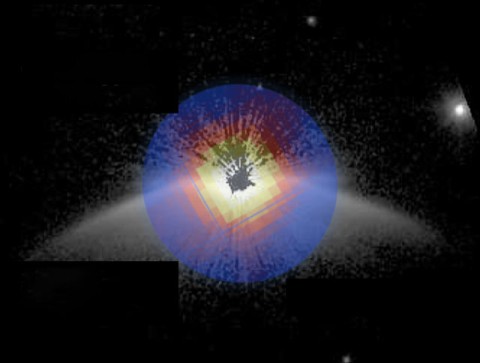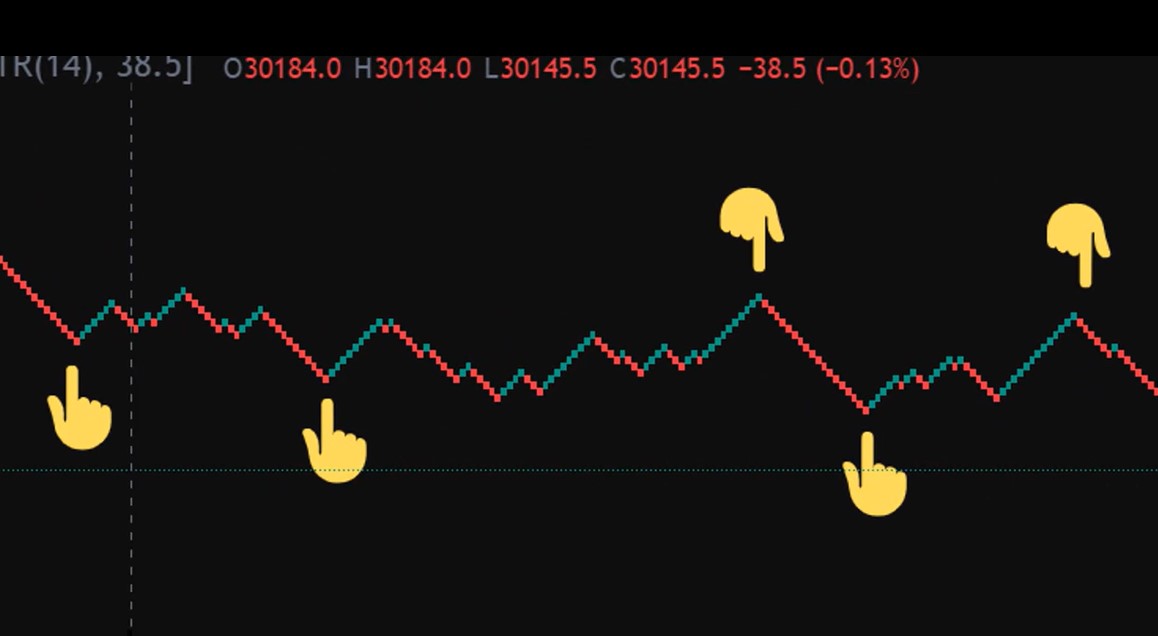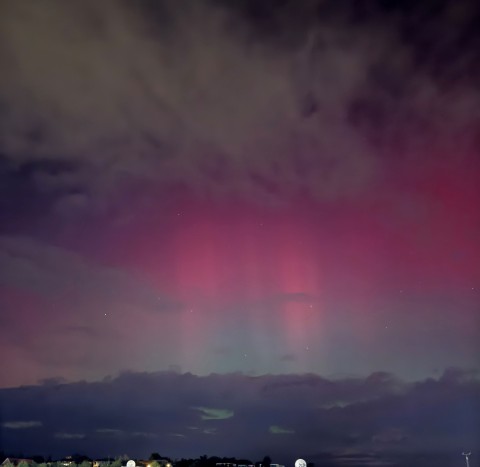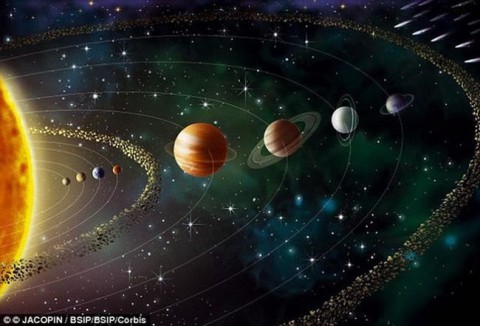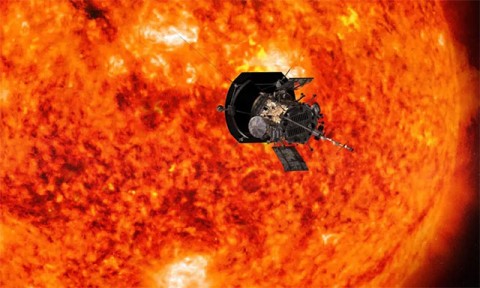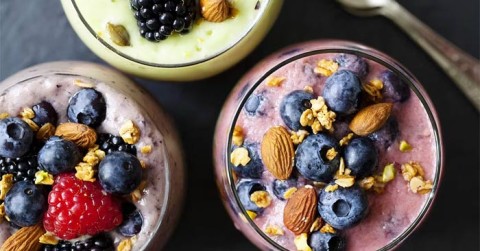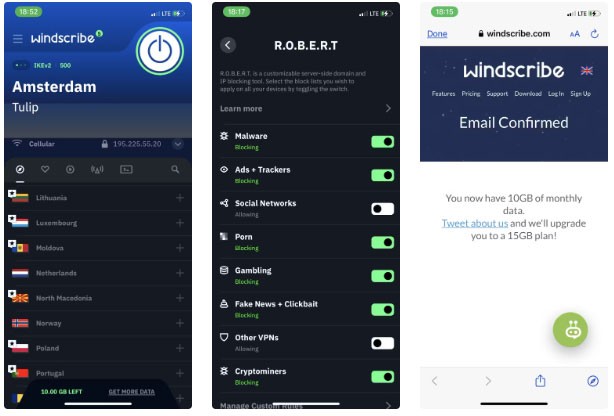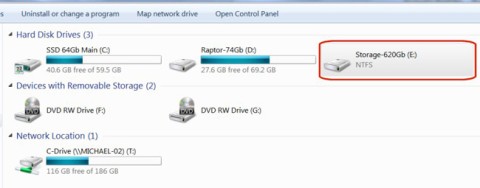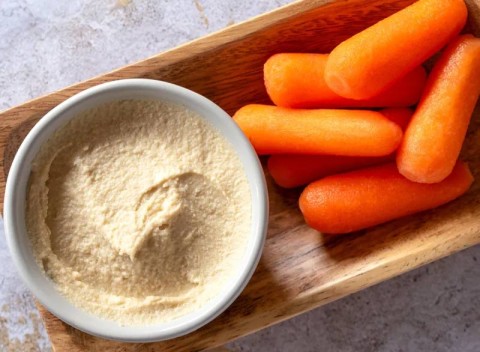There are many interesting things about the Sun , do you know them all? Let's learn about the Sun and its surprising facts!
The Sun is located at the center of the solar system, where it is the largest object. The Sun contains 99.8% of the mass of the solar system and is about 109 times the diameter of Earth — about a million Earths could fit inside the Sun.
The surface of the sun is about 10,000 degrees Fahrenheit (5,500 degrees Celsius), while the temperature at its core reaches more than 27 million degrees Fahrenheit (15 million degrees Celsius), driven by nuclear reactions. According to NASA, one would need to detonate 100 billion tons of explosives every second to produce the same amount of energy as the sun.
The Sun is one of more than 100 billion stars in the Milky Way. It orbits about 25,000 light-years from the galactic core, completing one revolution every 250 million years. The Sun is relatively young, part of a generation of stars known as Population I, which are relatively rich in elements heavier than helium. An older generation of stars known as Population II, and an earlier generation of Population III may have existed, although no members of this generation are known.
Astronomers have been studying it for centuries, and in that time, they have discovered countless fascinating details about this fiery giant. So let's explore some of its most fascinating features and learn more about its impact on Earth or interesting facts you may not know about the Sun !
The Sun is located at the center of the Solar System , playing a very important role in maintaining the development on Earth. This fireball marks the passage of time, providing the necessary substances and light to nourish humans as well as animals and plants on our planet. In addition, the Sun also creates some extremely beautiful visual effects in the sky - when you think about all that the Sun has done for humans, you can understand why some ancient cultures worshiped the Sun as a god. And when you read the interesting facts about the Sun below, you will surely be surprised about our star as well as ancient races. Let's take a look at 40 interesting facts about the Sun that you may not know!
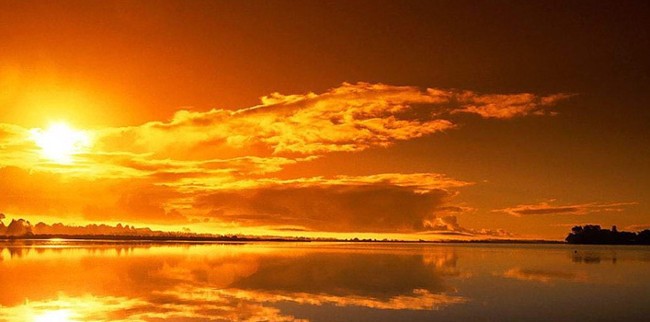
1. Incredibly, the Sun weighs 1,989,100,000,000,000,000,000 trillion kilograms, which is almost the same as the weight of 330,060 Earths!
2. If the inside of the Sun were completely hollow, it could be filled with 960,000 spherical Earths. However, if the Earths were compressed inside the hollow Sun, it could be filled with 1,300,000 flattened Earths, with no wasted space.
3. The surface area of the Sun is 11,990 times larger than the surface area of the Earth.
4. Our Sun is just one of 100 billion stars in the Milky Way galaxy.
5. Many people believe that there are 9 planets orbiting the Sun in the Solar System: Mercury, Venus, Earth, Mars, Jupiter, Saturn, Uranus and Neptune. However, according to science, there are only 8 planets because Pluto - also known as a dwarf planet - is out of orbit compared to the other 8 planets and was kicked out of the Solar System. [ Space Science: The order of the 8 (or 9) planets in the Solar System ]
6. Besides Pluto, there are 4 other stars that revolve around the Sun but all have lost their orbits, they are: Ceres (the smallest dwarf planet), Haumer, Makemake and Eris.
7. The Sun has the perfect size, shape, brightness, temperature, age, and distance for life to exist on Earth. If any of these parameters were off, even by a tiny amount, life on Earth would not exist.
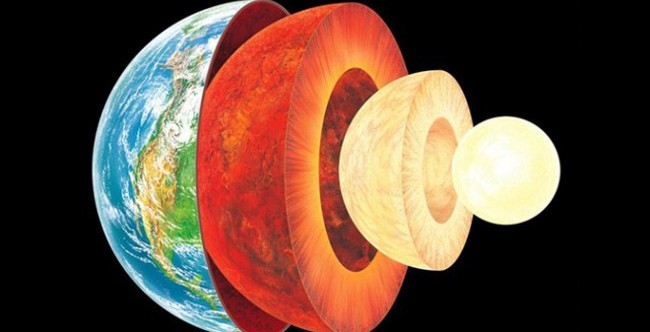
8. The Sun was formed and had a similar " life cycle " to other stars: it started as a gas and dust cloud called a Nebula . Initially, this dust cloud was very dense, with a temperature of about -226 degrees Celsius. Then, due to the attraction between particles, parts of the cloud began to collide with each other and form clusters called " Proto-Stars ".
9. During the collision of " Proto-Stars - original stars ", gravitational energy is converted, friction generates heat and these "original star" clusters burn up, creating a red color. This continues until the heat is enough to create a nuclear reaction inside the core, eliminating the natural gravitational force and thus the "original star" clusters gradually form a large star called the Sun now.
10. At more than 4.6 billion years old, the Sun is considered a " middle-aged " dwarf star - meaning it has "lived" half its life and is now known as a yellow dwarf star.
11. When the Sun has burned all of its hydrogen, it will switch to burning helium in about 130 million years. During that time, the Sun will become so large that it will engulf Mercury, Venus, and Earth. At that time, the Sun will become a " red giant ".
12. After the Sun has transitioned into its " red giant " phase, the Sun's outer layers will be expelled (almost degenerated) and the core will slowly contract. This process is known as a planetary nebula, which is defined as a hot gaseous shell expelled from a star and undergoing the final stages of a star's evolution.
13. During this phase, the remaining core of the Sun retains its enormous mass, but is only approximately equal to the mass of planet Earth. At this time, the Sun will be surrounded by a nebula and will be called a White Dwarf star .
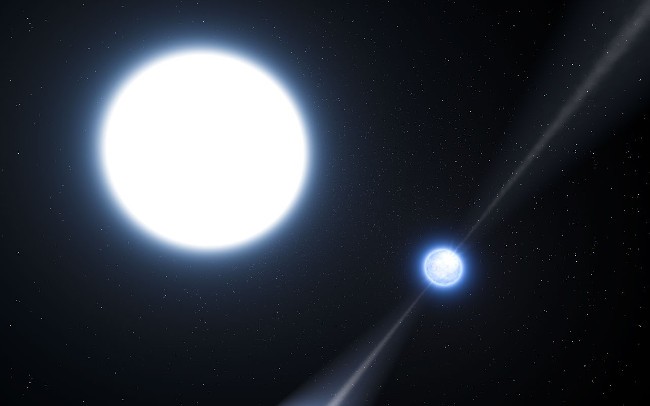
14. The Sun's enormous gas mass accounts for 99.86% of the total gas mass of the entire Solar System.
15. The Sun is about 75% hydrogen and 25% helium, with other metals making up only 0.1% of the Sun's gas mass.
16. The Sun is surrounded by a powerful jet of plasma, called the "corona" - Latin for "crown " . The Sun's "corona" can reach millions of kilometers into space and is most visible during a total solar eclipse.
17. However, there is a device similar to a telescope called a coronagraph, with which you can easily see what is closest to the Sun without being dazzled or damaging your eyes. In addition, you can admire other planets, and even observe comets up close.
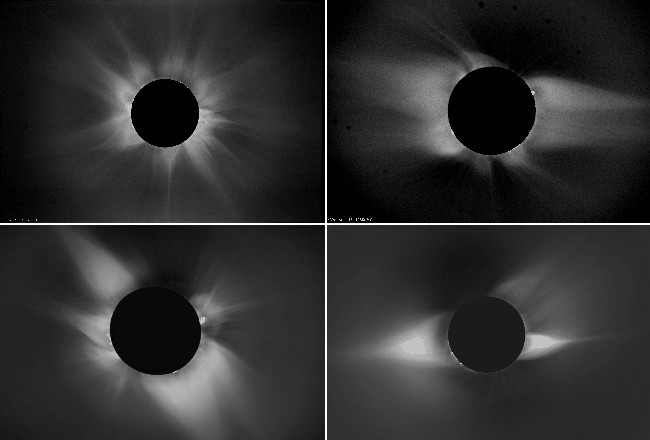
18. With a distance of 150 million km from the Sun to the Earth, it takes 8 minutes and 20 seconds for light from the Sun to reach the Earth's surface.
19. Although it takes less than 10 minutes for light rays (including infrared and ultraviolet rays) from the Sun to reach Earth, it takes millions of years for these rays to travel from the Sun's core to the surface.
20. The average distance from the Sun to the Earth is about 150 million km, but in reality, this distance always has a significant shift. The reason is because the Earth revolves around the Sun forming an ellipse, so the distance can change, the closest is 147 million km and the farthest is 152 million km. The distance between the Sun and the Earth is also measured in astronomical units ( Astronomical Unit - AU ).
21. If we depart from Earth by a normal plane at 664km/h, it would take us 20 years of non-stop travel to reach the Sun.
22. The Sun's equatorial diameter is roughly equal to its polar diameter, about 10 km, meaning the Sun is almost a perfect sphere. But the Sun is not the most perfect sphere in the Solar System, because the most perfect sphere is Venus.
23. Our planet Earth takes 24 hours to rotate on its axis, while the Sun takes 25 days to rotate on its axis. But 25 days is at the equator; at the poles, it takes 36 days to complete one rotation. This is why the Sun's rotation speed is inversely proportional to latitude. Combined with the tilt of the Sun's axis, the higher the latitude, the slower the rotation speed. Imagine if you stuck a pencil through an apple at an angle, it would stick out at the top and bottom of the apple. Now, if you rotate the apple, the middle of the apple would rotate faster than the corners of the apple.
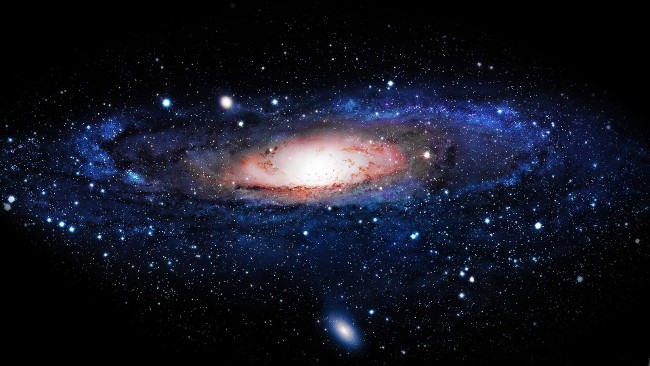
24. The Sun is about 24 to 26 thousand light years from the center of the galaxy and it takes 225 to 250 million years for the Sun to complete one rotation.
25. Suppose the Sun takes 225 – 250 million years to orbit the center of the Milky Way galaxy at an average speed of 220 km/s (about 136.7 miles/s).
26. The energy in the Sun's core is created by nuclear reactions when hydrogen nuclei are burned into helium nuclei. At that time, the Sun can produce about 386 billion MW (megawatts).
27. In fact, helium gas is lighter than hydrogen gas, so when hydrogen particles fuse into helium particles in the Sun's core, its mass will decrease slightly.
28. During nuclear reactions in the Sun, the core temperature can reach 150 million degrees Celsius.
29. The surface of the Sun is about 5,500 degrees Celsius, although it appears to be much cooler here than the core.
30. Nuclear reactions in the core of the Sun cause tremendous heat and expansion of the core. Without the enormous gravitational force inside, the Sun would explode like a bomb.
31. The Sun has a very strong magnetic field , which is why magnetic storms occur. During magnetic storms, we can see magnetic storms on the Sun through images: they are small black dots, also known as "Sunspots " . During magnetic storms, the magnetic field lines will twist and rotate strongly, similar to tornadoes on Earth.
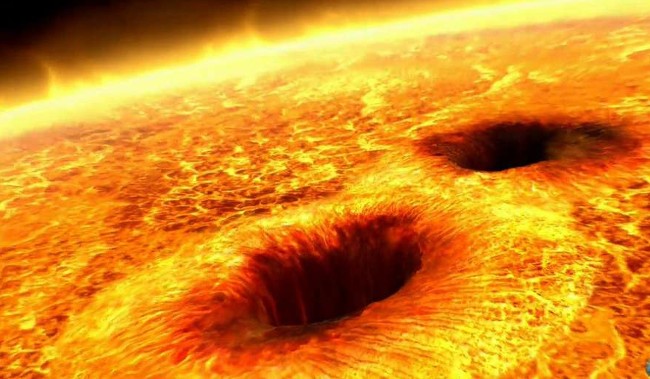
32. The number of times the " Sunspots " storm on the Sun occurs repeats itself every 11 years, meaning the Sun has a cycle of performing that behavior once every 11 years.
33. Sometimes the Sun produces something called the solar wind, which is a stream of charged particles like protons and electrons that are pushed out and "blown" across the solar system at speeds of about 450km/s.
34. These solar winds are created when protons and electrons gain enough electrical charge and momentum to escape the Sun's center, beyond its enormous gravitational pull.
35. Solar winds can cause interference on Earth and disrupt the orbits of spacecraft.
36. In addition, solar winds also create some aurora phenomena in the polar regions, comet tails and the Aurora Borealis or The Northern Lights ("Northern Rays", in Latin "northern dawn") are also caused by these winds.
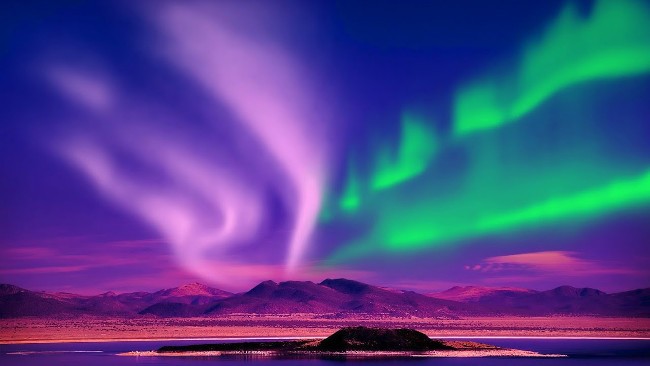
37. Earth-like planets with strong magnetic fields often deflect solar winds, causing them to bounce back and not reach the planet's surface.
38. Throughout human history, the Sun has had a great influence on ancient cultures. The Sun is often seen as the giver of life and many ancient cultures revered the Sun as a god. The Egyptians worshiped the Sun God Ra and the Aztec Sun God was Tonatiuh.
39. Centuries ago, astrologers considered the Earth to be the center of the universe and the Sun always revolved around the Earth. They believed that the Moon was the closest planet to the Earth, followed by Venus, Mercury or the Sun.
40. If the Sun were to lose its surface, the world would be plunged into darkness. Although the surface of the Sun is so bright that looking at it for too long would burn your retinas, its interior is completely pitch black.
See more articles:
Have fun!
